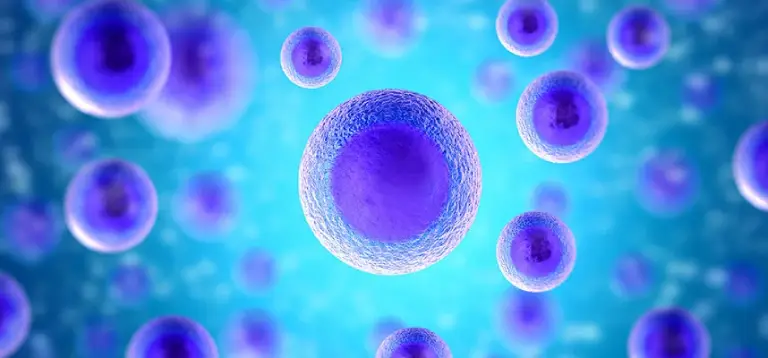
Mononuclear Cells: The Secret Warriors of the Immune Response
Mononuclear cells are a type of white blood cell that play a critical role in the immune response. They are characterized by their single, round nuclei and are involved in various functions, including fighting infection, removing dead cells, and regulating the immune response. In this article, we will provide an overview of mononuclear cells, including their structure and function, as well as their role in the immune response and disease.
Structure and Function
Mononuclear cells are part of the larger group of white blood cells, also known as leukocytes. They are characterized by their single, round nuclei and are smaller and more numerous than other types of white blood cells, such as neutrophils and eosinophils. Mononuclear cells include several different subtypes, including monocytes, lymphocytes, and dendritic cells.
Monocytes are the largest type of mononuclear cell and play a key role in fighting infection by engulfing and digesting bacteria and other pathogens. They are also involved in removing dead cells and debris from the body, and they can differentiate into other types of cells, including macrophages and dendritic cells.
Lymphocytes are the smallest type of mononuclear cell and play a critical role in regulating the immune response. They are involved in recognizing and responding to foreign invaders, such as viruses and bacteria, and they also play a role in preventing the immune response from attacking the body’s own cells. There are two main types of lymphocytes, T cells and B cells, each of which has a different role in the immune response.
Dendritic cells are involved in processing and presenting antigens to other immune cells, such as T cells, and are important in initiating and regulating the immune response.
Role in the Immune Response
Mononuclear cells play a critical role in the immune response, both in fighting infections and regulating the immune response to prevent the body from attacking its own cells. When the body encounters a pathogen, mononuclear cells are activated and begin to migrate to the site of infection, where they engulf and digest the pathogen, present antigens to other immune cells, and secrete cytokines to recruit and activate other immune cells.
In addition to their role in fighting infections, mononuclear cells also play a critical role in regulating the immune response. They are involved in preventing the immune response from attacking the body’s own cells, and they also play a role in controlling the severity and duration of the immune response.
Role in Disease
Mononuclear cells play a key role in several diseases, both as a cause and a consequence. For example, in autoimmune diseases, such as rheumatoid arthritis and lupus, mononuclear cells play a role in attacking the body’s own tissues, leading to inflammation and damage. In infectious diseases, mononuclear cells play a critical role in fighting the pathogen, but they can also contribute to the severity of the disease, particularly in the case of severe infections, such as sepsis.
In addition, mononuclear cells are also involved in the pathogenesis of several types of cancer, including Hodgkin’s lymphoma and some types of leukemia. They can also play a role in tumor progression and the spread of cancer to other parts of the body.
Conclusion
Mononuclear cells are a critical component of the immune response, playing a key role in fighting infections, regulating the immune response, and preventing the body from attacking its own cells. They are also involved in several diseases, both as a cause and a consequence, and their role in the pathogenesis of cancer is an area of active investigation






